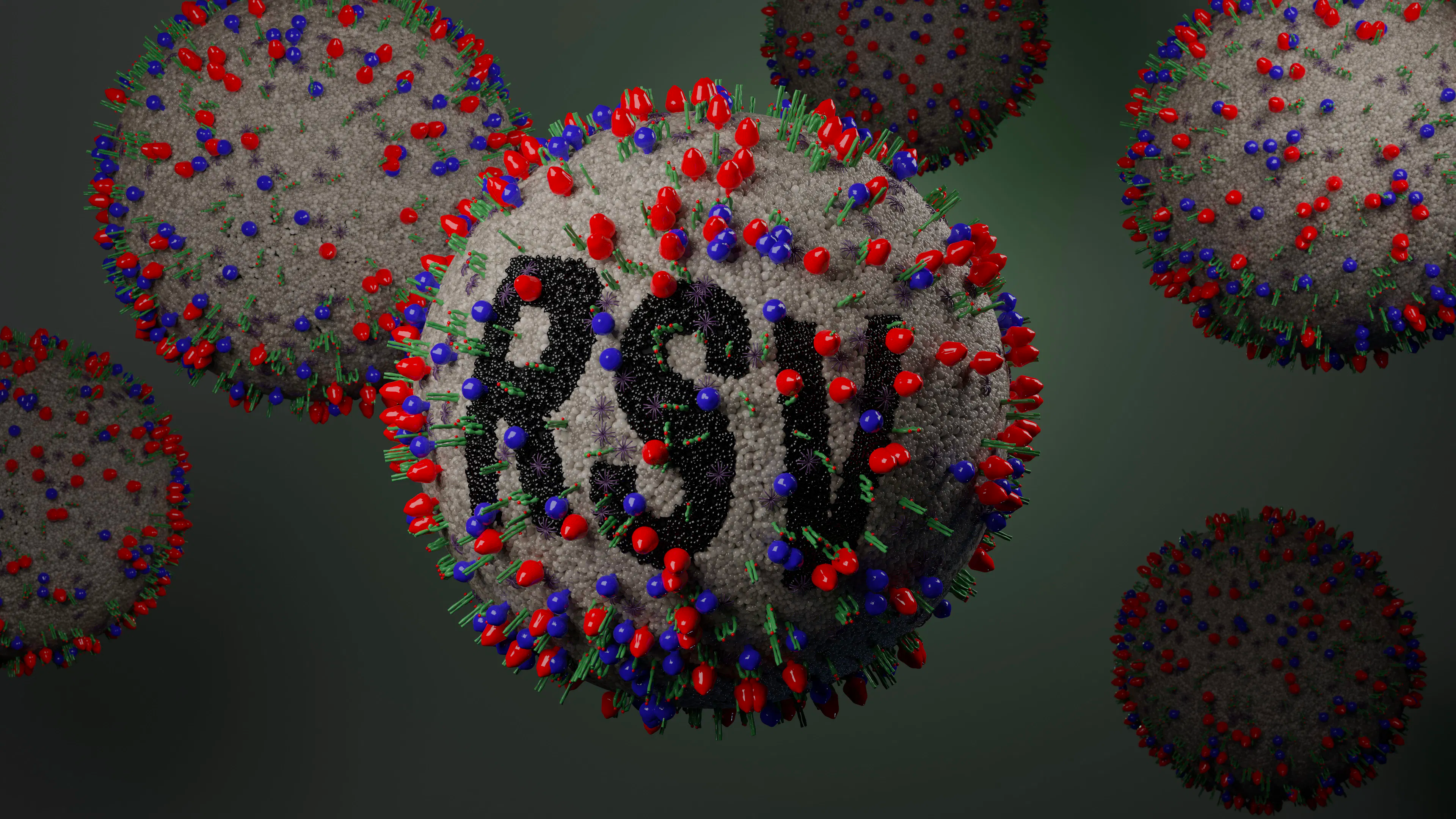Fitness
Pediatric RSV hospitalization before and after the COVID-19 pandemic

Pediatric RSV hospitalization before and after the COVID-19 pandemic | Image Credit: © surasak – © surasak – stock.adobe.com.
Ongoing surveillance of respiratory syncytial virus (RSV) to assess atypical epidemics are needed based on findings from a recent study published in JAMA Network Open.1
The study investigators sought to assess changes in the epidemiologic characteristics of pediatric RSV in Ontario, Canada before and after the COVID-19 pandemic, as virus transmission was disrupted during the pandemic period.1
A study published in April 2024 revealed children aged 2 to 5 years of age were nearly 5 times more likely to he hospitalized because of RSV in 2022 compared to anytime between 2015 to 2019 in the United States.2
The team compared observed and expected RSV hospitalization and intensive care unit (ICU) admission rates, along with admission characteristics, in admitted children during the 2021-2022 and the 2022-2023 RSV seasons.1
The study design was a population-based cohort of all children younger than 5 years in Ontario from July 1, 2017, through March 31, 2023. Neighborhood and individual sociodemographic and clinical settings were collected from administrative data. These included age, palivizumab eligibility, complex medical conditions, rurality, and living in a marginalized neighborhood.1
The primary outcome of the study was RSV-associated hospitalization with secondary outcomes such as ICU admissions, mechanical ventilation, extracorporeal membrane oxygenation, and in-hospital death.
Rates of annual population-based hospitalization, ICU, and mechanical ventilation were determined based on the observed number of children admitted or required ventilation on July 1 of each year. Similarly, weekly age- and sex-specific RSV admission rates were calculation using population denominators determined on July 1 each year.1
“We used Poisson generalized estimating equations to model prepandemic weekly hospitalization rates and estimate expected weekly rates in the pandemic era, defined as March 1, 2020, onward,” the investigators wrote. “In addition to age and sex, the model included prepandemic secular trend and monthly indicators. The number of RSV admissions was set to 0.001 for weeks with 0 RSV admissions to mitigate convergence issues.”1
In all, of the 700,000 children younger than 5 years included in each year of the study, 2008 to 2421 were admitted annually for RSV prepandemic. There were 1972 admitted from 2021 to 2022 and 4977 from 2022 to 2023. During the 2020 to 2021 season, there were 11 RSV hospitalizations and 7 ICU admissions.1
Age distribution of children admitted for RSV during the postpandemic seasons were observed, as the mean age of children hospitalized was 10.8 (12.64) to 12.6 (13.32) months before the pandemic and median age was 5 (2-16) to 7 (2-19) months. In the 2022 to 2023 season, mean age was 16.1 (15.46) months with a median age of 11 (3-26) months.1
The 2021 to 2022 RSV season peaked earlier compared to prepandemic years (2017-2020), peaking in early December vs mid-December, but overall hospitalization rates were comparable (289.1 vs 281.4-334.6 per 100,000 over the entire season; approximately 2000 admissions).1
During the 2022 to 2023 season, which peaked over a month earlier, more than twice as many cumulative hospitalizations were observed (770.0 per 100 000, n = 4977 admissions). Further, the peak number of weekly admissions in the 2022 to 2023 season was higher than expected across all age groups. Out-of-season RSV admissions over the spring and summer of 2022 continued in all age groups, with similar changes in seasonal timing for ICU admissions.1
Children were admitted to the ICU at a higher proportion during 2021 to 2022 (11.4%) and during the 2022 to 2023 season (13.9%) compared to prepandemic seasons (9.6%-11.0%), which is reflected in the 3-fold increase in ICU admission rates (27.6-36.6 per 100 000 prepandemic vs 106.9 in 2022-2023).1
A higher proportion of children who were admitted in 2022 to 2023 also required mechanical ventilation compared to prepandemic years (4.7% vs 4.2%-4.4%). No significant differences in length of hospital or ICU stay were observed for when ventilation was required.1
Excluding palivizumab-eligible children, all sociodemographic and health status characteristics were associated with lower-than-expected RSV hospitalization rates in the 2021 to 2022 season. The following season, the older age of patients was associated with higher-than-expected rates (24-59 months: RR, 1.90; 95% CI, 1.35-2.66).
Following this population-based study, the investigators concluded that there were “notable differences in RSV epidemiologic characteristics in Ontario following the COVID-19 pandemic. It is not yet clear whether and how long atypical RSV epidemics may persist. Clinicians and program planners should consider the potential for ongoing impacts to health care capacity and RSV immunization programs.”
Reference:
- Fitzpatrick T, Buchan SA, Mahant S, et al. Pediatric respiratory syncytial virus hospitalizations, 2017-2023. JAMA Netw Open. 2024;7(6):e2416077. doi:10.1001/jamanetworkopen.2024.16077
- Kunzmann K. RSV hospitalizations quadrupled among young children after COVID-19. Contemporary Pediatrics. April 18, 2024. Accessed June 12, 2024.











